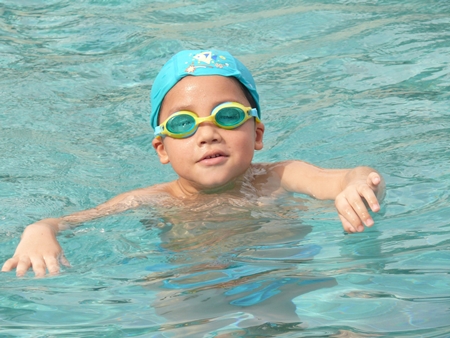There is an unfortunate idea amongst weekend photographers that the more expensive camera you use will return better photographs. Sorry, but this is not the case. There are people who can produce photographs out of a Box Brownie better than others with the latest all-singing, all-dancing SLR.
Now, of course, we have the DSLR revolution. You can now buy an expensive digital camera with multiple mega-pixels oozing out of every plug hole. Unfortunately, all those mega-pixels do not guarantee great shots.

The principal advantage of digital photography is the ability to review a photo, immediately after you have taken it. This does not mean that all photographs taken digitally are going to be top pictures. However, here are some tips to give you better results.
The first tip is one that I give to everyone at least once a year, even to those keen amateur photographers in camera clubs. It is merely “Walk several meters closer”! More good shots are ruined by having the subject as small dots in some huge background. Make the subject the hero. Getting in close and personal always produces a better shot. Remember that one rule and you will immediately get better photos!
If the subject(s) are people, then use the telephoto setting and still walk in closer. Fill the frame with the subject and you do not need to worry about the backgrounds. Ever again! And remember when taking pictures of a group, get them to really cuddle up together, and don’t be afraid to get them to angle their heads in towards the center. The happy giggling faces will make a good photo, as opposed to the rigid ‘soldiers on parade’ that happens so often. Do not shoot “soldiers” (they might shoot back)!
Next simple rule for better pix – when taking portraits outdoors, turn the flash on as well. The camera will have set itself to expose the brightest part of the scene, so the flash then brightens up the foreground subject.
Another trick to outdoors portraiture is to take some shots with the sun behind the subject to ‘rim light’ the hair with the halo effect. With the sun behind the subject, you also stop the screwed up eyes from the sun’s glare, which is never very visually appealing. This is called ‘back lighting’ or ‘contre jour’.
Another very simple tip, but one that seems to be forgotten is the placement of the horizon line, which should be one third down from the top of the LCD screen, or one third up from the bottom of the screen. This is called the Rule of Thirds. The horizon line (as the name suggests) should also be horizontal! Some cameras will give you a grid template in the viewfinder. If your new camera has this capability, use it. Drunken horizons are no more.
Another tip is to buy another memory card. The one you will get with the camera is too small. You will then try and put the camera in a mode which lets you take more shots, but this is done at the expense of sharpness. Buy a 2 MB card as a back-up for your 4 MB main card (or even larger capacity) and use the highest resolution you can. This way, if you do have a great shot, you can have it enlarged, and still be sharp. Another advantage of having two cards is you never end up with a full card and another great shot to be taken.
It should be remembered that when you bought this new camera just because it had plenty of megapixels, unless you run the camera at its highest resolution, all the expense of the additional megapixel capability has been wasted. You end up with the equivalent of a 4 megapixel camera, rather than the expensive 12 megapixel you selected.
Finally, look very carefully through the viewfinder and note what you have got, not what in your mind you think you are going to get! I know the review LCD screen is not large, but you will soon see whether the subject fills the screen or otherwise.
The messages this week are ‘closer’, ‘flash on portraits’, focusing ‘grid’ and use your megapixels.




